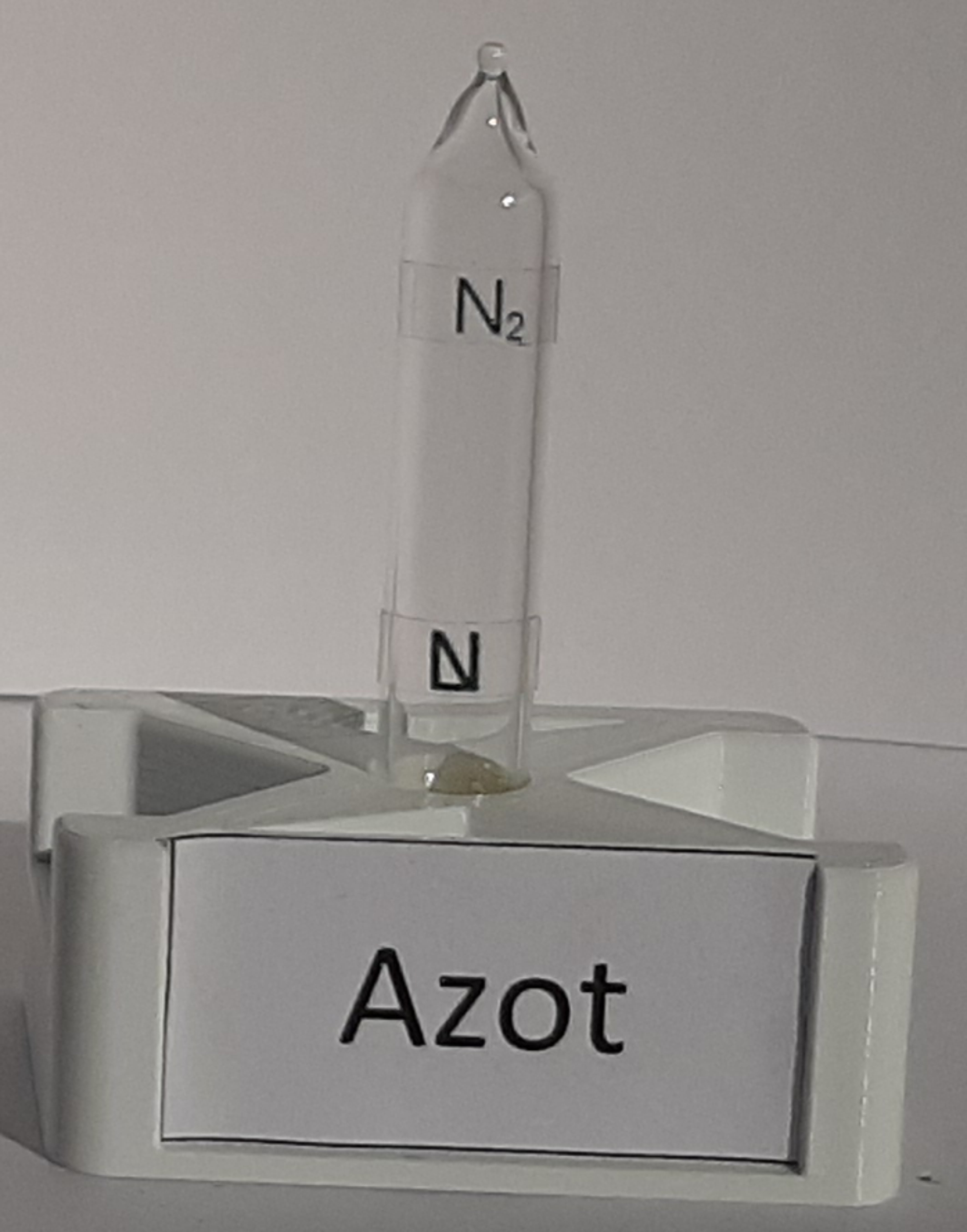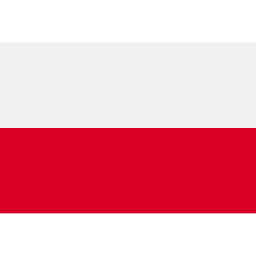
Nitrogen (from Latin Nitrogenium) N
nitronatrite (occurrence: Chile, Bolivia, Peru, Egypt), nitrobarite (Austria, Chile, Germany), nitrocalcite (Chile, Peru, Bolivia)
Under normal conditions, a colorless, odorless gas, non-flammable, reactive in contact with other elements. Its durability is due to the triple bond between the nitrogen atoms in the N2 molecule. It is necessary for the formation of nucleic acids, as well as amino acids, which are the basic components of proteins (a fundamental part of the life of organisms). It is a biogenic element, which means that it is a part of every living organism.
N2O, Mg3N2, Si3N4, N2O3 , NO2, NH3, HNO3
Fractional air distillation is most commonly used in industry, in which nitrogen is separated from other air components based on differences in their boiling points. This process uses low temperatures and is based on the principle of nitrogen liquefaction. Alternatively, nitrogen can be produced by an adsorption process, where it is adsorbed onto special porous materials such as zeolite molecular sieves. Another method is the membrane process, which uses membranes with selective nitrogen permeability.
Nitrogen is used to package food, which helps increase shelf life by eliminating oxygen. Liquid nitrogen is used in cryosurgery to remove skin lesions, warts and other forms of skin growth. It is also used to cool electronic systems and is the main component of ammonia, which is the basic nitrogen fertilizer used in agriculture. In addition, it is used to fill airplane and rocket tires.
The largest nitrogen producer in the world is the United States, other important producers are: Algeria, Australia, Canada, and China.
Nitrogen makes up about 78% of the volume of the Earth's atmosphere, making it the most abundant gas in our environment. Nitrogen is necessary for life because it is a component of proteins and DNA, plants take it from the soil and animals from food. Nitrogen is known for its cryogenic properties, which means it can be liquefied at very low temperatures. The Haber-Bosch process is the main method of producing ammonia from nitrogen and hydrogen, which is crucial in the production of artificial fertilizers. In diving to great depths, nitrogen is included in the breathing mixture to prevent decompression sickness. Nitrogen circulates between its original source, the atmosphere, and plants, soils, rocks and water. Most of the nitrogen from the atmosphere reaches the biosphere through free-living nitrogen bacteria found, for example, in legumes. After bacteria and plants die, nitrogen enters the soil as an organic form. It undergoes a mineralization process in the soil and the final stage is ammonium and nitrate salts. These are taken up again by plants or washed out by water, or in the case of ammonium salts, they are also absorbed by clay minerals and partially permanently incorporated into these minerals.


